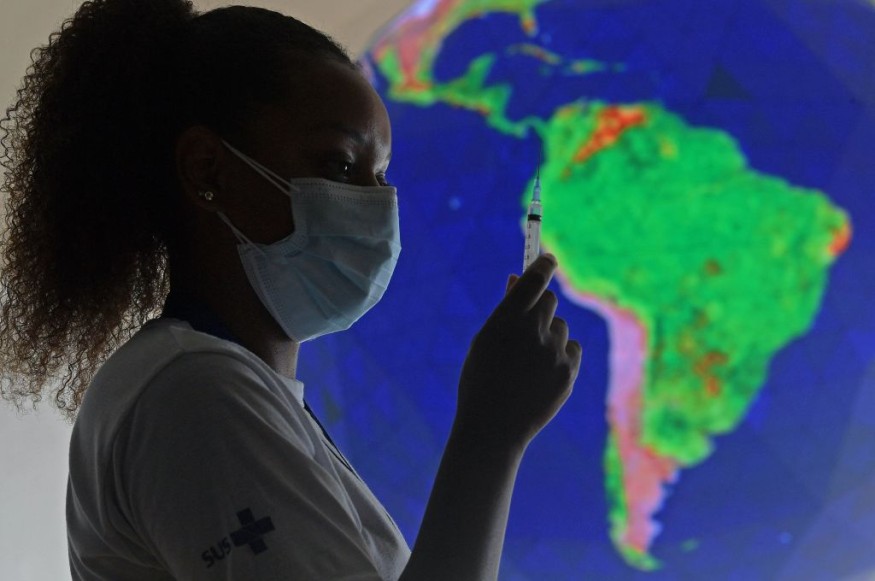A new suggests that more than three-quarters of reported symptoms of adverse side effects from the COVID-19 vaccine may not be real. MailOnline reported that Harvard University researchers conducted a meta-analysis of 12 studies that compared side effects to those who received COVID-19 vaccines and a placebo.
They found that 76% of the systemic negative side effects after receiving COVID-19 vaccines were likely imagined or misattributed to the medicine or treatment they recently received. Scientists explain that these are common symptoms after getting the jab, or it could also be a result of anxiety of the symptoms.

Participants Who Received the Placebo Reports Nocebo Effect
According to Science Alert, the meta-analysis of the 12 studies analyzed included a total of 45,380 patients in which 22,802 of them received the real vaccine. In contrast, the remaining 22,578 patients were given a placebo, a harmless substance without ant therapeutic value. Researchers noticed that adverse negative effects were also common in patients who received the placebo.
"Collecting systematic evidence regarding these nocebo responses in vaccine trials is important for COVID-19 vaccination worldwide, especially because concern about side effects is reported to be a reason for vaccine hesitancy," Placebo researcher Julia W. Hass of Beth Israel Deaconess Medical Center (BIDMC) said in a news release via EurekAlert!
Around 46.3% of vaccine patients reported experiencing systemic effects during the first dose, such as body aches, headaches, and fatigue. Additionally, 66.7% of them reported a local adverse reaction of soreness or swelling at the injection site. On the other hand, 35.2% of those who received the placebo reported systemic effects and 16.2% reported local adverse reactions.
Analysis showed that the nocebo effect accounts for up to 76% of systemic negative side effects and 24% of local adverse reactions after the first dose. This number even dropped during the second dose as fewer patients who received the placebo reported negative side effects. But for those who received the real vaccine, the number went up.
That suggests about 52% of adverse reactions were due to the nocebo effect during the second dose. But overall, 64% reported adverse reactions is because of the nocebo effect. They published the full findings of their study, titled "Frequency of Adverse Events in the Placebo Arms of COVID-19 Vaccine Trials," in the JAMA Network Open.
Placebo and Nocebo Effects
Scientists have thoroughly studied the placebo effect throughout history, but not much on its evil twin known as the nocebo effect. According to a paper published in Clinical Therapeutics, both phenomena are composed of intertwined biological and environmental mechanisms that display a complex interaction affected by the characteristics of the individual and the context in which they operate.
That is why scientists could not find a specific equation that predicts the effect of placebo and nocebo. Scientists said that both phenomena are psychological events immutable in the therapeutic content.
Placebo is the inert substance that produces the perceived benefits, whereas the nocebo effect is experienced when the inert substance causes perceived harm. Therefore, they both work under expectations and classical conditioning. Doctors should recognize placebo and nocebo effects and master techniques for managing them to improve the quality of clinical practice.
Check out more news and information on COVID-19 Vaccines in Science Times.
© 2025 ScienceTimes.com All rights reserved. Do not reproduce without permission. The window to the world of Science Times.











